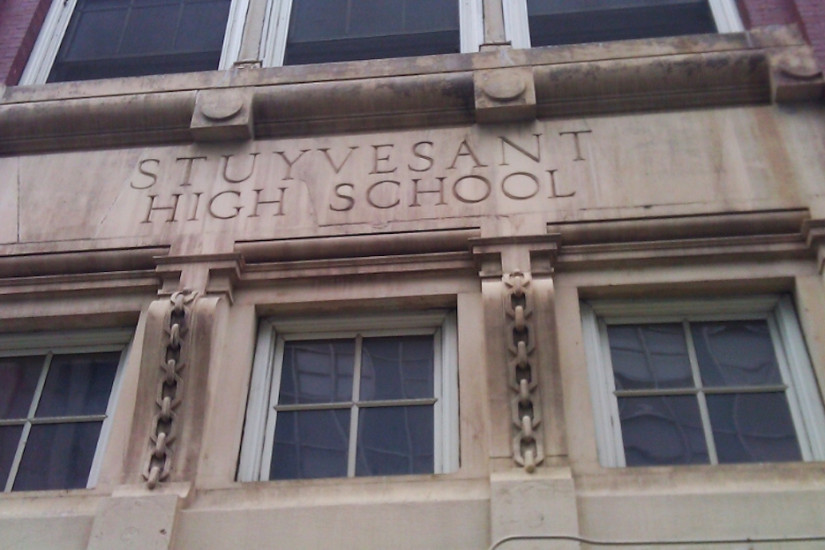De Rivera was especially strong in math and science, and she scored in the ninety-ninth percentile on a city-wide math examination. But John Jay was poor in those subjects, and teachers showed no interest in mentorship. She lived a twenty-minute subway ride away from Stuyvesant High School, a specialized public school in downtown Manhattan that was widely regarded as the best secondary school in the country, and one that focussed on math and science. But, since its founding, sixty-five years earlier, Stuyvesant had been all-male, so de Rivera was barred from applying. In the fall of 1968, at the student union, de Rivera met Mia Rublowsky, a tenth-grade math whiz who was also feeling stifled, and considering applying to Stuyvesant despite the sex restriction. In the lunchroom, the two of them talked about the unfairness of the system, and how to fight back. “My parents were not unmoved, but both of them, especially my mother, did not see it as an atrocity on the level of Vietnam,” de Rivera said.
The pair met with Ramona Ripston, an activist at the National Emergency Civil Liberties Committee, which had fought cases on behalf of the Black Panthers and conscientious objectors to the draft. Ripston informed the girls that Rublowsky couldn’t apply to Stuyvesant, because she was too old to transfer in, even if she were a boy. (The school accepted only freshmen and sophomores, and Rublowsky would soon be a junior.) But de Rivera was a perfect plaintiff. “As a freshman asking to transfer into a specialized high school, I was a clean case,” she said. Ripston convinced Eleanor Jackson Piel, an activist lawyer, to take on the case pro bono, and de Rivera was soon meeting regularly with the two women about her case and taking notes in a three-ring binder. Fighting educational sexual segregation was a radical idea at the time: most Ivy League universities, prep schools, and specialized public schools were still all-male. But Piel felt that barring academically talented girls from attending an élite public school violated the Fourteenth Amendment’s equal-protection clause, and intended to take the school to court.
At the women’s encouragement, de Rivera requested an application from Stuyvesant. The principal at the time was Dr. Leonard J. Fliedner, a stuffy, sixty-nine-year-old chemist who had authored the textbook “Chemistry: Man’s Servant.” Students called him the Flea. (This was also, cheekily, the name of the school’s underground newspaper.) At the school’s commencement ceremony, in 1960, after he gave an American Legion award during a period of growing counter-cultural sentiment, they booed him so loudly that it made the Times; one journalist pointed to the incident as a sign of unrest among the youth. Fliedner whacked down de Rivera’s request with a nasty letter that read, in essence, “NO GIRLS.” He later told a reporter, “It wouldn’t be just her. There would be a couple of hundred others. And we simply haven’t got the facilities. We’d need a girls’ gym and medical facilities, and a dean of women.” On January 20, 1969, de Rivera filed a lawsuit in New York against the state’s Board of Education.
